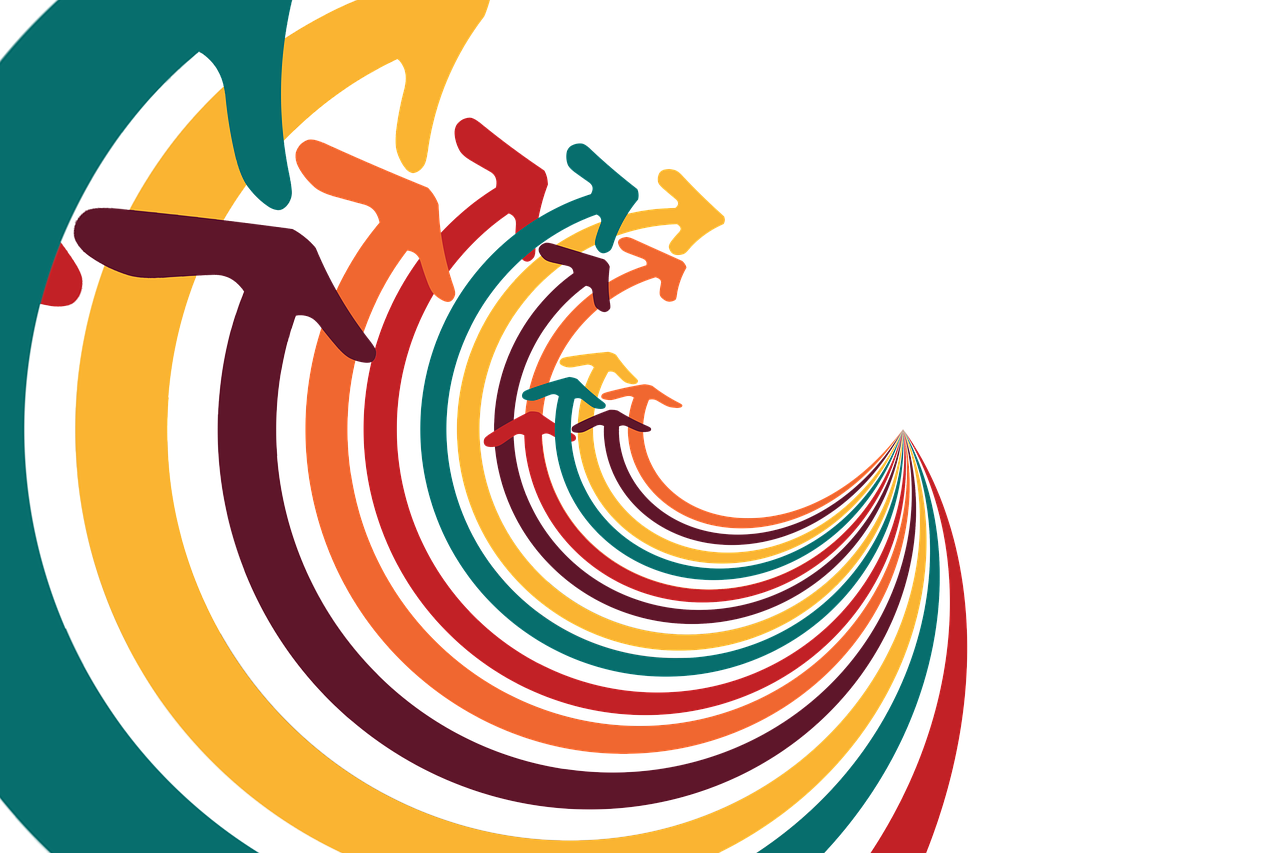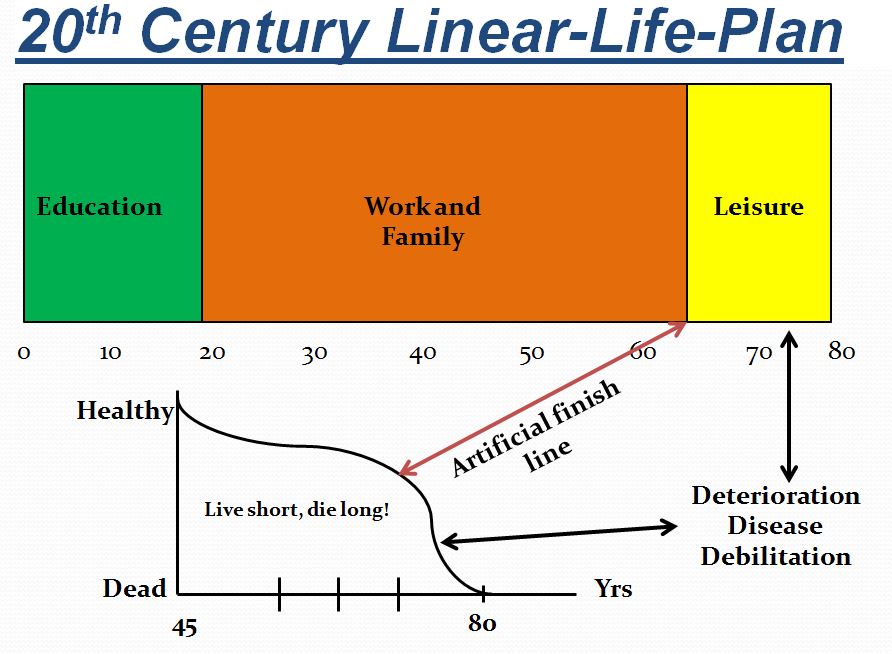Time For a New Cultural Portal

“We either ease into age or we’re disrupted by age. I don’t like the fact that I’m 82, but I can’t fight it – it’s better that I am 82 than I didn’t make it to 82. I keep going. I’m not going to stop. I still go to work every day. If I didn’t have to sleep, I’d work 24 hours a day!”
********
“You can be old at 30 or young at 90 – it’s all up to you. I’ve always been in a hurry. I know I’m racing against time, and now more than ever. But I have not lost my competitive spirit, and, in some ways, it’s personal. I still keep an active office and go there every day. Retirement isn’t an option for me. When you retire you have time to do what you love, and I love to work. “
The first quote is from Ken Langone, the billionaire businessman, investor, philanthropist and one of the founders of Home Depot during his appearance in a podcast with James Althucher.
The second is from a recent LinkedIn article posted by T. Boone Pickens, also a billionaire business magnate and financier, hedge fund chairman and former corporate raider, on the occasion of his 90th birthday.
Different capitalistic routes to fame and fortune – one central late-life message:
Don’t stop – retirement isn’t an option.
Well, if we are going to splash around in the billionaire pool, then shouldn’t we see where the daddy-of-the-elder-billionaires, Warren Buffett, stands on this retirement thing? Now 87, he doesn’t seem to be showing any signs of slowing down.
A little Google research reveals Warren’s “playbook” on the topic of retirement.
His clarifying position on reasons to avoid retirement is simple:
- You’re healthy
- You won’t have a fixed income
- You stay engaged and productive
- You’ll continue to mentor
- You can leverage your knowledge
We can all agree that not one of these three “elders” needs to work to subsist. They all could have stopped at the traditional retirement age, but blew past it completely ignoring the signpost.
So what? They’re billionaires!
I personally don’t know any billionaires – never have, most likely won’t, ever. Like you, it’s difficult for me to relate to what it must be like to be a billionaire. Also, like you (I’m assuming), it’s not a pinnacle that I will experience.
But what I can relate to is a late-life stage of continued work, productivity, and contribution and the effect that has on the individual and society. I don’t see billionaires having a corner on that.
But it is this kind of story that just adds to my amazement at how pervasive and deeply rooted the concept of traditional retirement remains in our culture. These billionaires represent but a tiny sampling of the vast evidence we have that work is a key factor in longevity and good health. Given that, where is the sensibility in striving to hasten away from it at an age where natural talent, acquired skills and valuable experience can be mixed together and deployed for the greater good of society?
Time for a new portal?
In previous articles, I’ve referred to traditional retirement as adherence to an outdated, politically-inspired artificial finish line, the model for which has no relevance to our current world.
Permit me to coin another term for it: Wasted Cultural Portal.
Cultural portal? Whaasat?
Neuropsychologist Dr. Mario Martinez defines cultural portals as: “culturally defined segments of expected beliefs and conduct.” Martinez offers up a cultural portal list that includes: newborn, infancy, childhood, adolescence, young adult, middle age, and old age.
Quite a contrast. One-hundred-fifty years ago, we had two portals: childhood-adulthood.
Changing technology, longer lives, creative social scientists and enterprising capitalists have stretched the portal list, in Dr. Martinez’s eyes, to seven.
But something happened on the way to the 21st century. Baby boomers and technology came along and started redefining the gap between portal six and seven, presenting a strong argument for the need for another portal between middle age and true old age along with a clearer definition of true old age.
This new portal is where we find Langone, Pickens, Buffett.
They aren’t wasting it. Most of us, as we enter or move through this new portal, will. It’s called traditional, vocation-to-vacation retirement.
They are outliers.
We are safely within the confines of our comfort zone of conventional wisdom, cultural expectations, and comparison.
They have chosen to push all those aside.
A simpler portal concept.
Perhaps rather than expand the portals to eight we should simplify the portal concept altogether. That’s what Marc Freedman, founder of Encore.org and author of a seminal book on this topic, “The Big Shift, Navigating the New Stage Beyond Midlife”, advocates. Drawing from his relationship with and studies of the 1990’s research done by Peter Laslett, eminent British demographic historian, Freedman has championed Laslett’s solution to “the oxymoronic years, the longevity paradox and to much of what ails us today.”
 Laslett predicted, because of declining births and longer lives, an emerging life stage he called the “Third Age.” With it comes a much simpler and appropriate four-portal alignment which Freedman advocates:
Laslett predicted, because of declining births and longer lives, an emerging life stage he called the “Third Age.” With it comes a much simpler and appropriate four-portal alignment which Freedman advocates:
- First age – childhood/age of dependence.
- Second age – adulthood and mid-career jobs.
- Third age – new territory between the end of mid-career jobs and parenting duties and the beginning of dependent old age.
- Fourth age – age of dependency and ill health, the doorstep of demise.
It’s important to share Laslett’s prescient view on this. Laslett foresaw a need to clean up some fundamental mistakes resulting from failure to recognize this third age. Mistakes that impact you and me.
“In his view, lumping everyone with grey hair under the same umbrella, and assuming this population in the future will look like and live like those of that age in the past, produced both a miscasting of reality and miscarriage of justice. And it led to everything from damaged lives to bad policies. Laslett saw the conventional wisdom – that this population would be a vast burden to society, a huge drain on the medical establishment, an unproductive class inevitably focused on their own narrow needs – to be a result of ‘the persistence into our own time of perception belonging to the past.’ In other words, it was scenario planning through the rearview mirror.” (extracted from Freedman’s book).
Voila!! Yet another definition of traditional retirement
There you have it. Another appropriate definition for traditional retirement: planning through a rear-view mirror, following an 80-year old script applied to a hugely changed longevity and promoted by an industry largely unchanged from a late-1970’s model of insurance and securities salespeople promoting a labor-to-leisure retirement model based purely on dollars and cents and insensitive to the wastefulness that model encourages.
Beware of being consigned to “mass indolence”
 Laslett’s “third age” represents a liberation of those of us in our (in Freedman’s words) “ – sixties, seventies and beyond from the psychic strain and misclassification and from the very real consequences of being assigned to ‘mass indolence.'”
Laslett’s “third age” represents a liberation of those of us in our (in Freedman’s words) “ – sixties, seventies and beyond from the psychic strain and misclassification and from the very real consequences of being assigned to ‘mass indolence.'”
Laslett writes: “The waste of talent and experience is incalculable.”
We need look no further than to our cratering healthcare system, the massive expansion of elder warehouses, the unchanged message of the financial planning industry, rampant ageism, and our youth-oriented media and culture to realize that Laslett was spot on.
What’s your third age going to look like?
At 76, I’m about five years into my true “third age”. Yep, about a 20-year late start following 40+ years of thrashing around in mismatches in the corporate and self-employment world, operating according to cultural convention instead of my essential self.
Not recommended.
There are days when the regret over a late start and thoughts of what more I could have done will occupy more mental bandwidth than I should permit. But with a strong belief that my fourth stage will be beyond 100 (see my earlier blog on this topic) and each day functioning at a higher energy level and with more motivation than I recall from any other stage of my life, I feel my third age holds much promise as it slowly unfolds.
At this age and stage, you learn that today is what you’ve got, nothing else – and that success in life ultimately emanates from gratitude, a quality you will hear expressed frequently by the aforementioned billionaires.
 That stirring you feel might just be your third age trying to move from cocoon to butterfly. My encouragement to you is to listen, not hasten it, or cover it over with cultural constructs, comparison, and comfort-zone living and thus kill the butterfly.
That stirring you feel might just be your third age trying to move from cocoon to butterfly. My encouragement to you is to listen, not hasten it, or cover it over with cultural constructs, comparison, and comfort-zone living and thus kill the butterfly.
We are anxious to hear what thoughts you have about a “third age” sequence in your life. Email me at gary@makeagingwork.com or scroll down and leave a comment.
You can still access my free e-book “Achieving Your Full-Life Potential” by subscribing to my weekly newsletter articles at www.makeagingwork.com.




 For a long time, I didn’t much care for a lot of my story. Kinda modest, mottled and messy. Small town Wyoming upbringing, grandson of homesteaders, a late bloomer in nearly every phase of the first half (50 years or so). No notable titles, trophies or tributes. Pretty much a top-of-the-bell-curve sort of story.
For a long time, I didn’t much care for a lot of my story. Kinda modest, mottled and messy. Small town Wyoming upbringing, grandson of homesteaders, a late bloomer in nearly every phase of the first half (50 years or so). No notable titles, trophies or tributes. Pretty much a top-of-the-bell-curve sort of story.
 Or perhaps, lazy is a better word.
Or perhaps, lazy is a better word.

 #5: Become a mentor
#5: Become a mentor
 when I reveal that, at 76, I’m refining my 25-year plan. And it is a work-in-progress. But I’ve come to realize that a goal to live past 100 or develop a lifestyle business that will outlive me will never happen if I don’t articulate it and plan for it in my mind.
when I reveal that, at 76, I’m refining my 25-year plan. And it is a work-in-progress. But I’ve come to realize that a goal to live past 100 or develop a lifestyle business that will outlive me will never happen if I don’t articulate it and plan for it in my mind.
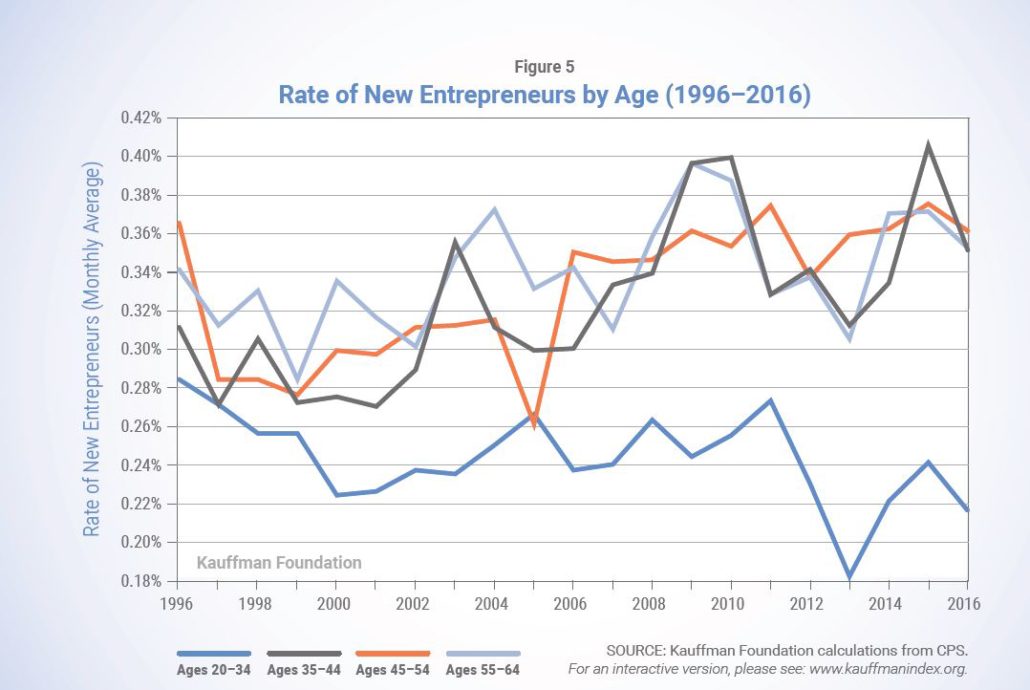





 It’s a tough journey, this self-discovery trip.
It’s a tough journey, this self-discovery trip.


 So, as I write, I’m a confessing “bad-ass, obnoxious, sarcastic, audacious-ager” intent on sliding home at 100 or later like Pete Rose slid into second! My ”fearful and wonderful life within” means I have a voice and the messy story that has been my life is my message, warts and all.
So, as I write, I’m a confessing “bad-ass, obnoxious, sarcastic, audacious-ager” intent on sliding home at 100 or later like Pete Rose slid into second! My ”fearful and wonderful life within” means I have a voice and the messy story that has been my life is my message, warts and all.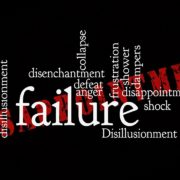

 The date arrives. Jubilation! Liberation!
The date arrives. Jubilation! Liberation! :
:




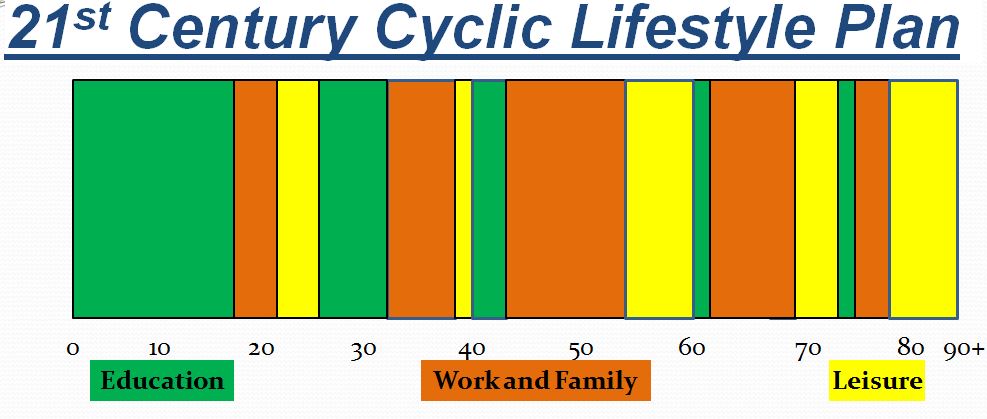


 Look’s point with the article has to do with the importance of, in his words, “pushing the boundaries and seeking new horizons to achieve a fulfilling retirement.” In addition to the Himalayas and eating a beating cobra’s heart, his activities have included things such as swimming with whale sharks, running the London marathon, rescuing street dogs from the meat trade in Thailand and living for a time on the Mekong River in Laos.
Look’s point with the article has to do with the importance of, in his words, “pushing the boundaries and seeking new horizons to achieve a fulfilling retirement.” In addition to the Himalayas and eating a beating cobra’s heart, his activities have included things such as swimming with whale sharks, running the London marathon, rescuing street dogs from the meat trade in Thailand and living for a time on the Mekong River in Laos.

